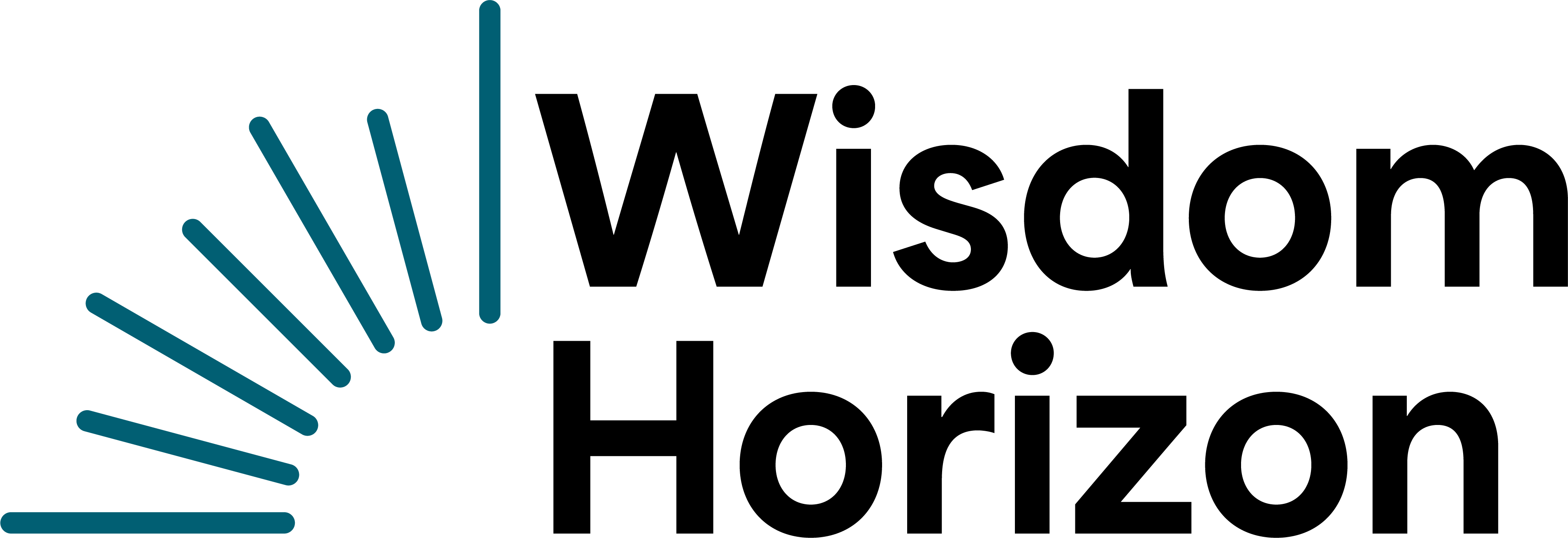What are Varicose Veins?
Varicose veins are swollen, twisted veins that are visible just under the surface of the skin. They predominantly occur in the legs but can appear in other parts of the body. Varicose veins are a common condition, affecting many people worldwide. They are often more of a cosmetic concern than a serious health problem, but they can lead to more severe issues if left untreated.
The development of varicose veins is often linked to the malfunctioning of valves within the veins. These valves are responsible for regulating blood flow, ensuring that it moves in one direction towards the heart. When these valves weaken or become damaged, blood can pool in the veins, causing them to enlarge.
Several factors contribute to the development of varicose veins, including age, gender, genetics, obesity, and prolonged periods of standing or sitting. Women are more likely to develop varicose veins, particularly during pregnancy due to increased blood volume and hormonal changes. Additionally, family history can play a significant role, as the condition often runs in families.
Although varicose veins are commonly seen as a cosmetic issue, they can cause discomfort and lead to complications if not addressed. Symptoms may include aching, swelling, and a feeling of heaviness in the legs. In severe cases, varicose veins can result in skin ulcers or blood clots.
Symptoms of Varicose Veins
Recognizing the symptoms of varicose veins is crucial for early detection and management. While some individuals may not experience any symptoms, others might notice a range of signs that can affect their daily lives.
Common symptoms of varicose veins include:
- Aching or heavy feeling in the legs, often worsening after long periods of standing or sitting.
- Swelling in the lower legs and ankles.
- Itching around one or more veins.
- Changes in skin color around the affected veins, often appearing as a bluish or purplish hue.
- Visible bulging veins that are twisted and raised above the skin surface.
These symptoms can vary in intensity and may worsen over time if left untreated. It is essential to seek medical advice if you notice any of these signs, as early intervention can prevent further complications.
In some cases, varicose veins can lead to more severe issues, such as skin ulcers, bleeding, or thrombophlebitis (inflammation of the veins). Therefore, understanding the symptoms and seeking timely treatment is vital for maintaining overall vascular health.
Chronic Venous Insufficiency: A Closer Look
Chronic venous insufficiency (CVI) is a condition that occurs when the veins in the legs are unable to efficiently return blood to the heart. This happens when the valves in the veins become damaged or weakened, leading to blood pooling in the legs. CVI is often associated with varicose veins, but it can occur independently as well.
The symptoms of CVI can be similar to those of varicose veins, including swelling, pain, and a feeling of heaviness in the legs. However, CVI can also lead to more severe complications, such as skin changes, venous ulcers, and infections. The condition can significantly impact a person’s quality of life, making it essential to address it promptly.
Risk factors for CVI include age, family history, obesity, and a sedentary lifestyle. People who stand or sit for extended periods are also at higher risk. Treatment for CVI often involves a combination of lifestyle changes, compression therapy, and medical procedures to improve blood flow and alleviate symptoms.
Understanding the link between varicose veins and CVI is crucial for effective management. By recognizing the symptoms and seeking appropriate treatment, individuals can reduce the risk of complications and improve their overall vascular health.
Varicose Vein Treatment Options
Treating varicose veins involves a range of options, from lifestyle changes to medical procedures. The choice of treatment depends on the severity of the condition and the individual’s overall health.
For mild cases, lifestyle changes can be highly effective. These may include:
- Regular exercise to improve circulation.
- Elevating the legs to reduce swelling.
- Wearing compression stockings to support the veins and prevent blood pooling.
- Maintaining a healthy weight to reduce pressure on the legs.
For more severe cases, medical procedures may be necessary. Some common treatments include:
- Sclerotherapy: A procedure that involves injecting a solution into the veins, causing them to collapse and fade.
- Laser treatments: These use laser energy to close off small varicose veins.
- Vein stripping: A surgical procedure to remove larger varicose veins.
- Endovenous ablation therapy: A minimally invasive procedure that uses heat to close off varicose veins.
Each treatment option has its benefits and potential risks, so it’s essential to discuss them with a healthcare provider to determine the most suitable approach. By addressing varicose veins early, individuals can alleviate symptoms, prevent complications, and improve their quality of life.
Conclusion: Taking Charge of Your Vascular Health
Varicose veins and chronic venous insufficiency are common conditions that can significantly impact an individual’s quality of life. By understanding the symptoms, risk factors, and treatment options, individuals can take proactive steps to manage these conditions effectively.
Early detection and intervention are crucial for preventing complications and maintaining overall vascular health. Whether through lifestyle changes, compression therapy, or medical procedures, there are numerous ways to address varicose veins and improve well-being.
Ultimately, taking charge of your vascular health involves being informed about the condition, recognizing the signs, and seeking appropriate treatment. By doing so, individuals can enjoy a healthier, more active life free from the discomfort and complications associated with varicose veins.





